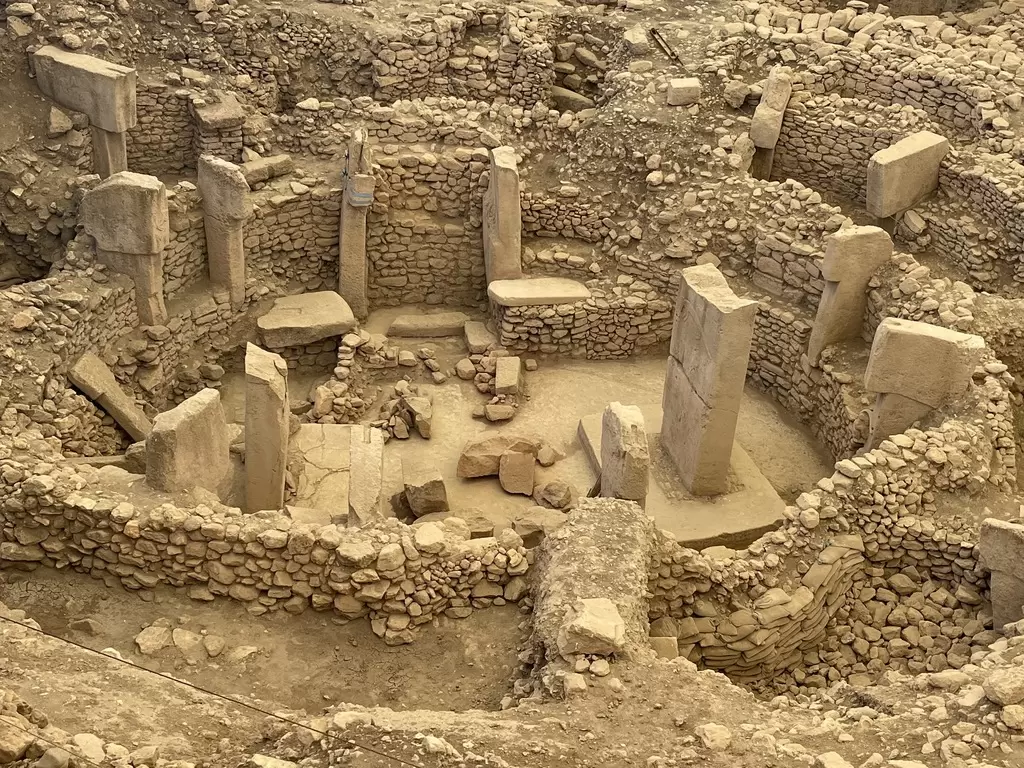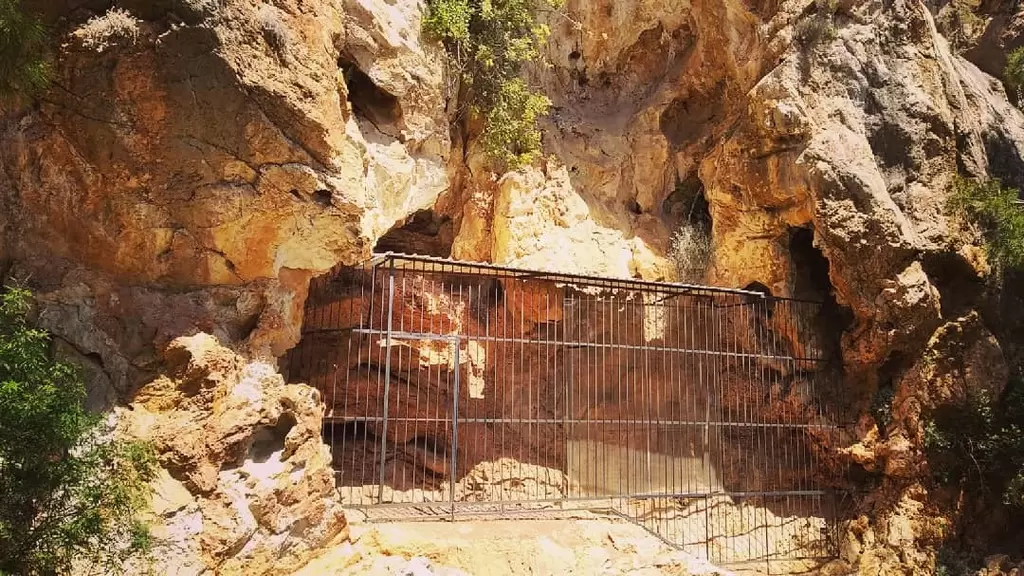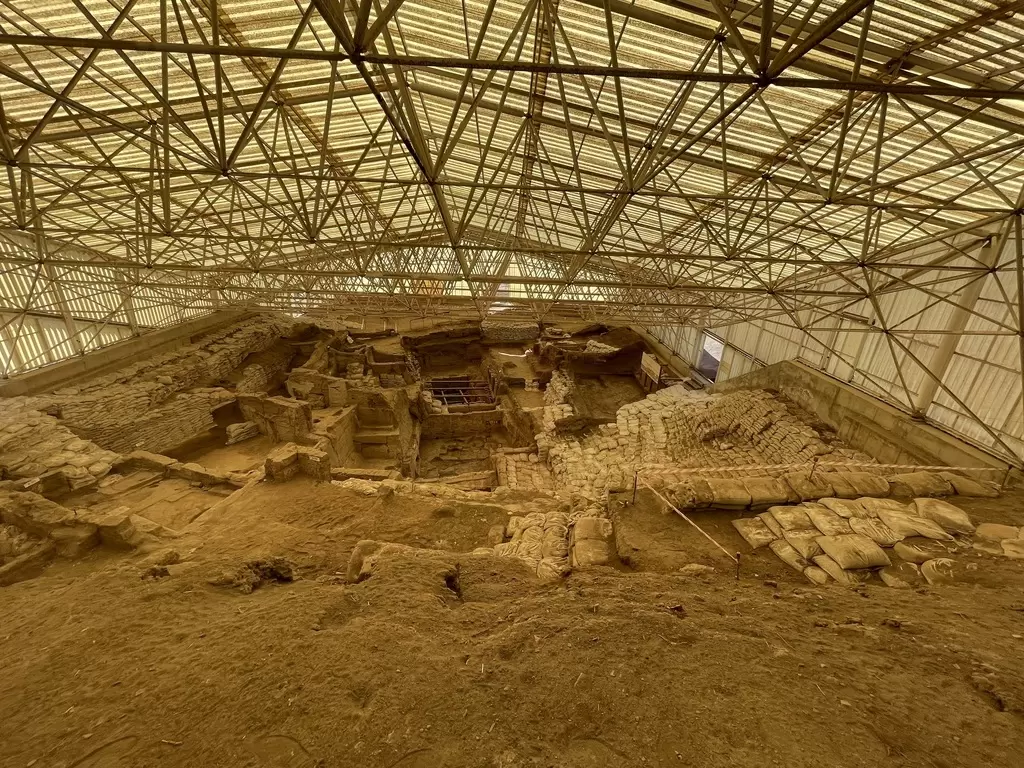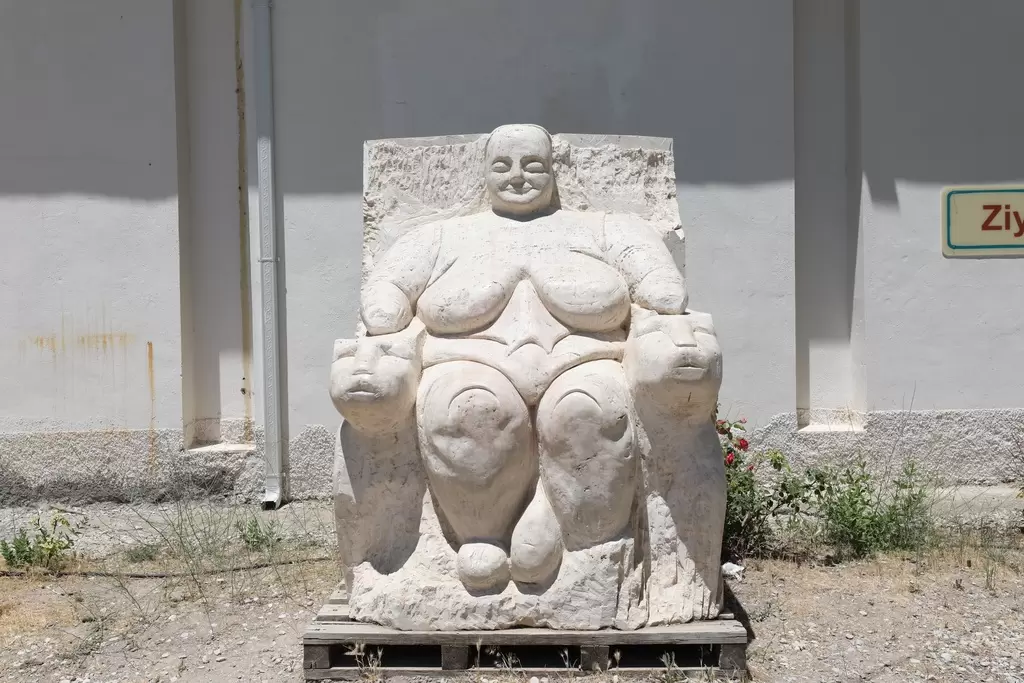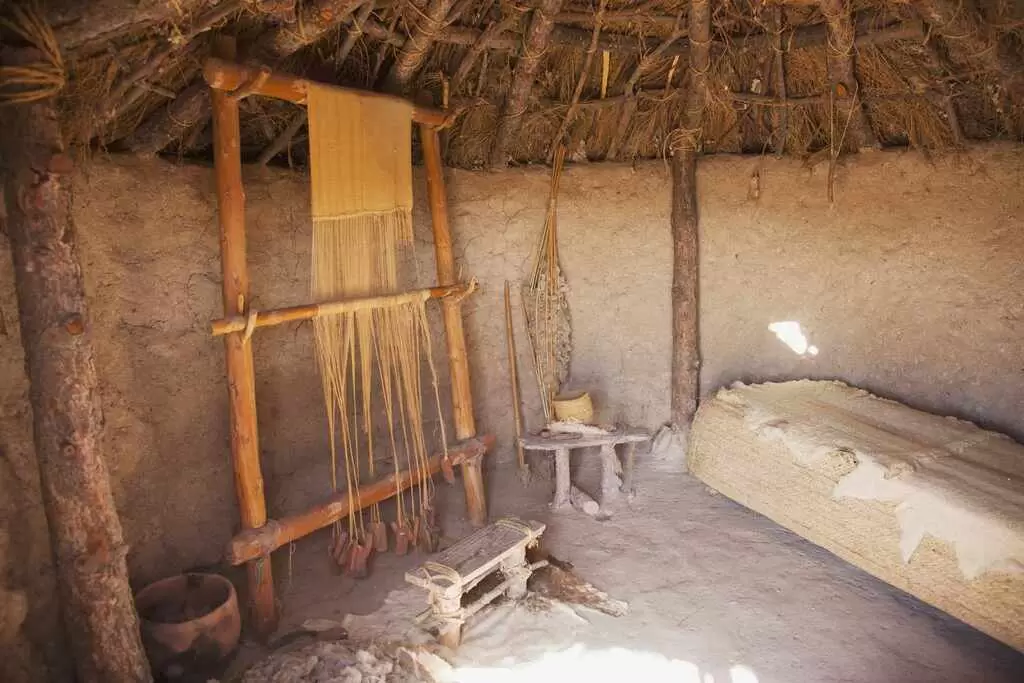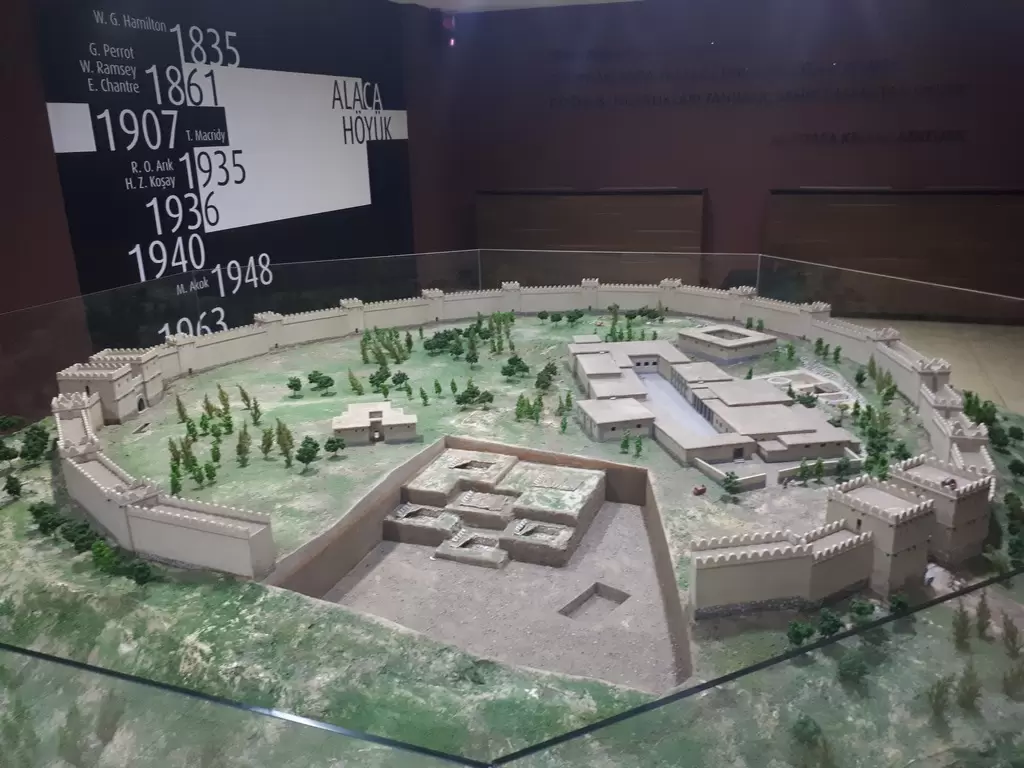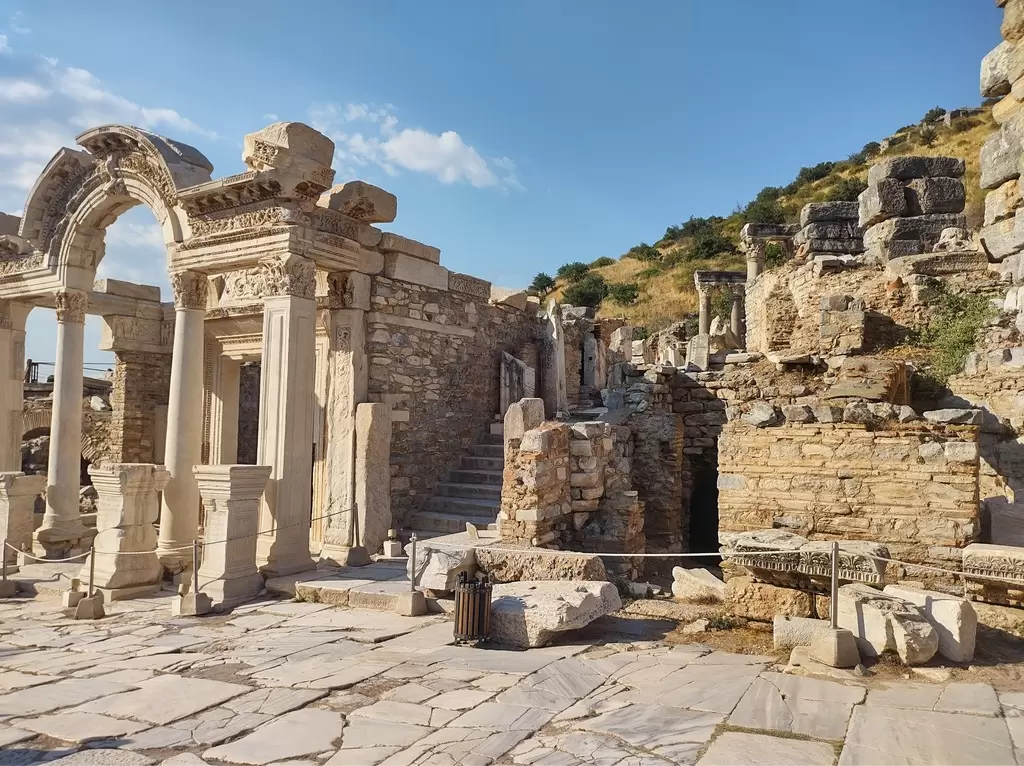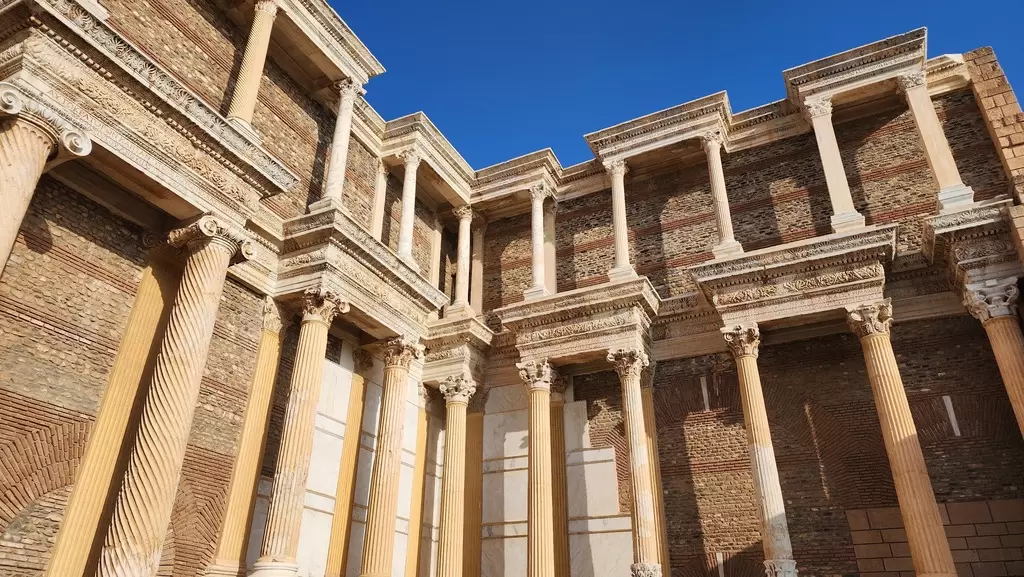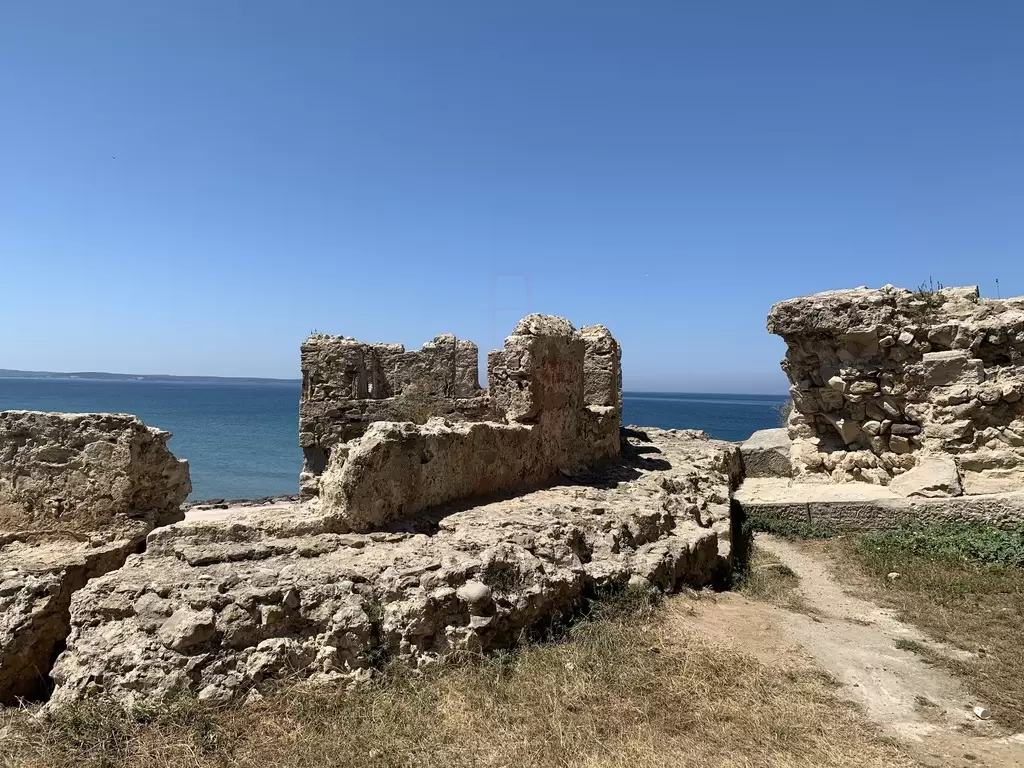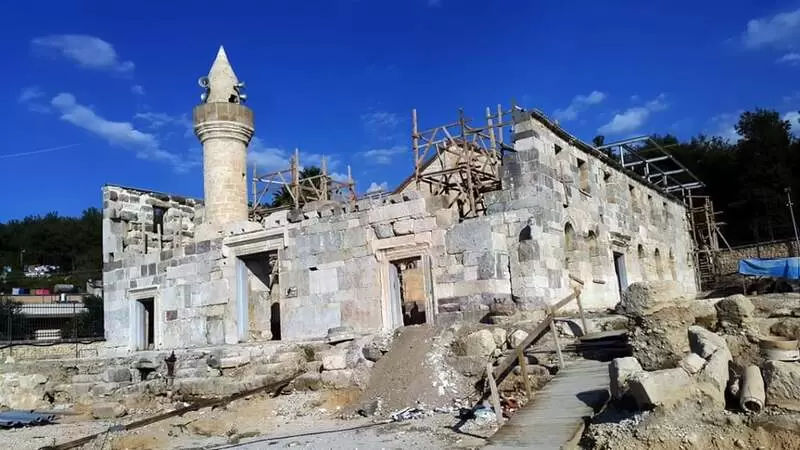
Dulkadiroğulları était un beylik influent situé dans l'est de l'Anatolie, émergeant à la fin du 14e siècle à la suite des invasions mongoles et du déclin du sultanat seldjoukide. La capitale du beylik était l'Elbistan, stratégiquement positionnée pour contrôler d'importantes routes commerciales et servir de bastion militaire. Dulkadiroğulları a joué un rôle important dans la dynamique politique de la région, agissant comme un État tampon entre l'Empire ottoman en expansion et diverses puissances voisines, notamment les Karamanides et les Mamelouks.
Le beylik a été créé par Dulkadiroğlu, un dirigeant qui a uni diverses tribus et factions de la région. Sous sa direction et celle de ses successeurs, Dulkadiroğulları a étendu son territoire, exerçant une influence sur les régions environnantes et s'engageant dans des campagnes militaires. Le beylik était connu pour sa cavalerie compétente et son organisation militaire, qui lui permettaient d'affronter efficacement divers adversaires.
Culturellement, Dulkadiroğulları était un centre dynamique d'art et d'architecture. Le beylik est reconnu pour son style architectural distinctif, mêlant des influences turques, persanes et arméniennes. Les structures remarquables incluent la mosquée Ulu à Elbistan, caractérisée par ses pierres complexes et ses éléments décoratifs, ainsi que les caravansérails qui facilitaient le commerce et les déplacements le long de la Route de la Soie. Ces contributions architecturales reflètent la prospérité du beylik et son rôle de centre culturel dans la région.
Dulkadiroğulları a également contribué aux traditions littéraires et artistiques de l'Anatolie. Le beylik soutenait les poètes, les érudits et les artisans, favorisant ainsi un environnement culturel riche. Cette période a vu l'épanouissement de la littérature persane et turque, avec de nombreuses œuvres produites sous le patronage des dirigeants de Dulkadiroğulları.
Le paysage politique de la région a radicalement changé au début du XVIe siècle alors que l'Empire ottoman poursuivait son expansion. En 1522, Dulkadiroğulları fut incorporée au royaume ottoman, marquant la fin de son indépendance politique. Malgré cela, l'héritage du beylik a persisté, influençant la culture et l'administration ottomanes dans l'est de l'Anatolie.
Aujourd'hui, les visiteurs de la région peuvent explorer les sites historiques associés à Dulkadiroğulları, y compris les vestiges de son patrimoine architectural. Les contributions du beylik au commerce, à la culture et à la politique restent une partie intégrante de la riche tapisserie historique de l'Anatolie, reflétant une période dynamique et transformatrice de l'histoire de la région.








